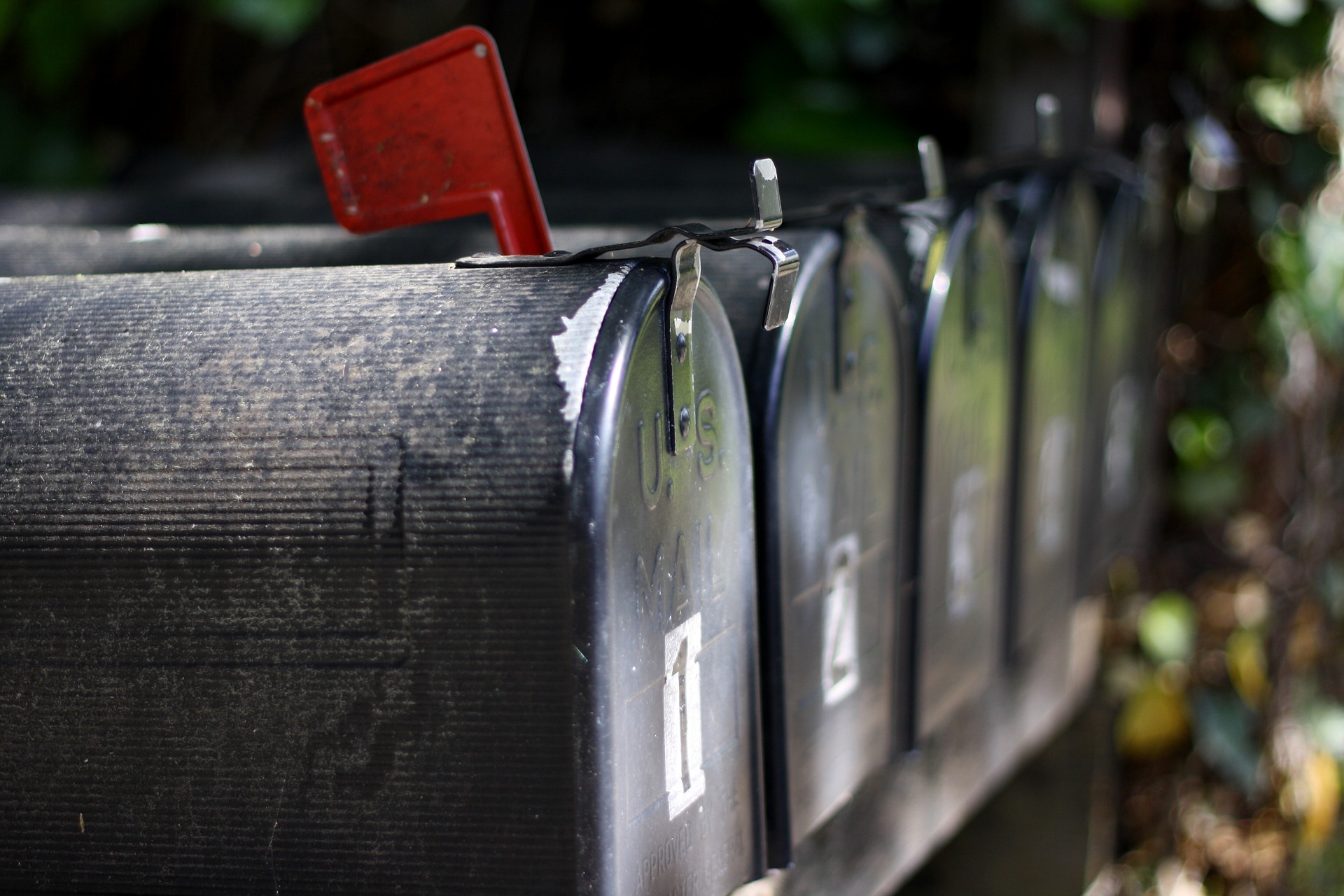
You’ve checked off almost all of your boxes when it comes to promoting your crowdfunding campaign. You’ve hashed out a comprehensive marketing plan. You’ve developed a great social media strategy. You’ve pulled together an impressive fundraising page. You’ve gathered together powerful imagery. You’ve sent out a newsletter to your entire network.
The only thing left that you’d love to accomplish? Having a journalist craft a compelling and engaging story about your campaign. You’re confident that this would get your campaign in front of a whole new audience, as well as present it in a way that seems completely natural and organic — not pushy and “salesy”. Plus, you know this story would draw in readers and accurately demonstrate the value of your entire mission.
Sounds great! But, who’s going to actually write this story? You’ve tried pitching journalists before, and so far you haven’t had any luck. Either you receive a standard rejection email, or you never hear anything from the writer.
Read our online guide to publicity for online fundraising here to learn how to identify and pitch journalists your cause’s next fundraising campaign.
Don’t get discouraged yet! As a journalist myself (and a recipient of many, many pitches), I’m here to tell you that there are plenty of things you can do to boost your chances of getting a response — and maybe even a story! Here are ten tips you should implement when pitching a journalist.
1. Personalize Your Email
Sure, you can blanket your entire press list with a generic email pitch. But, you probably shouldn’t expect great results. What do journalists do when they see their email address in the “BCC” field? They hit “delete”.
So, take the time to personalize your emails. Send the email directly to them. Use their name. Read their previous work. Explain why you thought they’d be interested in this particular story angle based on things they’ve written in the past. Establishing this personal connection will go a long way!
2. Do Your Research
As mentioned above, it’s important that you do your research about a particular journalist to ensure you’re pitching something that makes sense to them and fits with their current beat.
For example, perhaps you saw their byline in The Nonprofit Quarterly. So, you didn’t even think twice about immediately sending them information about your campaign to build schools in Ethiopia. But, had you clicked through and done some digging, you would’ve realized that they write exclusively about animal activism. Suddenly, your pitch is completely irrelevant and you’ve wasted both of your time. Thorough research is a crucial step in the pitching process!

3. Give Enough Lead Time
Journalists are busy. So, give as much notice about stories as you can. Sending an email saying that the story must be published by tomorrow afternoon before it becomes old news? That’s definitely not the best way to get on a writer’s good side. More than likely, they’ll determine it’s simply not worth the hassle and stressful time crunch.
4. Keep It Brief And Basic
I’m sure you’re capable of writing nearly poetic prose about your own campaign. But, save that for another place. Again, journalists have a lot on their plate, and they’re conditioned to look only for the information they need.
Don’t lead in with a lengthy introduction — just get straight to the point. Give the basic who, what, when, where, why, and how and cut the fluffy language out of your email. It only serves to cloud your point and hide the real meat of your message.
5. Explain Why This Matters
There’s nothing worse than receiving a pitch that isn’t really a story. Instead, it’s just an overview of the organization as a whole. Remember that journalists want you to pitch a narrative — not your company.
Before hitting “send”, think about whether or not you’re presenting something that’s actually worth writing about. Ask yourself, “Why should others care about this information?” If you can’t think of a solid answer to that question, it’s probably not worth pitching. So, make sure that the information you’re sending would lead to a great and engaging story, and it’s not just a glorified press release.
6. Include Links
Since you want to keep your email brief, your message should only include the nuts and bolts. So, it’s important that you include a place where the journalist can go to get more information if necessary.
Of course, you need to include your website link. But, also share any links to your social media accounts so that the writer can get an idea of your community engagement and do some research about what others are saying about your campaign.

7. Avoid Mass Email Lists
Whether a journalist has given you a “yes” or “no” to previous pitches, you should absolutely avoid adding them to any sort of mass email lists. I know that it can be tempting to slap their email address into a master list of press contacts. But, trust me when I say that it only serves to annoy the writer.
I’ve turned down plenty of pitches, only to continue receiving repetitive, generic emails from that very same person. If I had to decline even your personalized pitch, I’m probably not going to respond well to the generic email you’re blanketing your entire network with. When it comes to contacting journalists — it’s a personalized email or bust!
8. Eliminate Buzzwords
You likely see words like “revolutionary”, “game changing”, and “cutting edge” as powerful and impactful. Journalists? They see them as pesky buzzwords that are only cluttering your email and actually distracting them from the heart of your message.
Plus, they’re incredibly overused in pitches — so much so that they’ve pretty much lost all meaning in writer’s eyes. So, cut out these pesky terms and instead focus on getting your point across in a way that’s clear and concise. I promise, journalists would much rather have that!
9. Utilize Email — Not The Phone
I’d assume with all of the tips above referencing email etiquette, that this point would be obvious. But, I still had to include it.
Always present your pitch via email, and never over the phone. You might think that making a personal connection with a phone chat would really help to get your foot in the door. However, unexpected phone calls can just disrupt a journalist’s workday, which can be really off-putting. So, resist the urge to grab your phone, and rely on the magic of email instead!
10. Follow Up Once
You have high hopes for your email pitches, and it can be tempting to send a follow up email every day until you hear something. Resist the urge to pester the journalist incessantly, and follow up only once about a week after sending your initial email. Waiting is hard, but sending email after email won’t help your case. In fact, it will likely just annoy the recipient.
Working with a journalist is a great way to spread your message in a way that is engaging and natural. However, getting a writer to develop a sincere interest in your story isn’t always an easy feat. Keep these tips in mind the next time you’re emailing a writer, and you’re sure to be one step closer to getting your pitch picked up!
P.S. Looking for some more help with effectively pitching journalists? This post has some great email samples you can reference!




